
Background information
Plastic and wood in potting soil: how manufacturers defend themselves
by Darina Schweizer

At Ricoter, by-products of forestry and agriculture are given new life - in the form of plant soil. Sugar beet in particular plays a major role here.
It looks like an oversized mole has left its mark. Wherever I look, mounds of earth pile up metres high. Steam rises from them, giving the scene a mystical atmosphere. At that moment, my gaze wanders to the left, where my romanticised association is abruptly shattered: Machines are responsible for the brown piles.
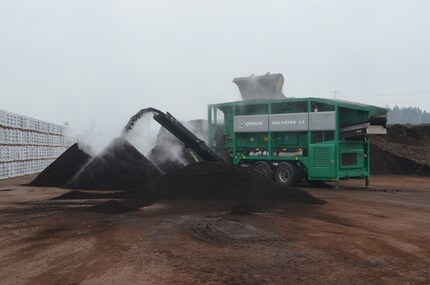
"Ricoter is an acronym made up of the words bark, compost and terra," says Managing Director Beat Sutter. As soon as I take a closer look at the hills on the site in Frauenfeld, it becomes clear why. Because most of it is not (yet) soil, but bark, compost and other raw materials. "Our potting soil mainly consists of by-products from Swiss forestry and agriculture." This includes bark from forestry, compost from green waste recycling, but also sawdust from joineries or sugar beet residue from the sugar factory next door.
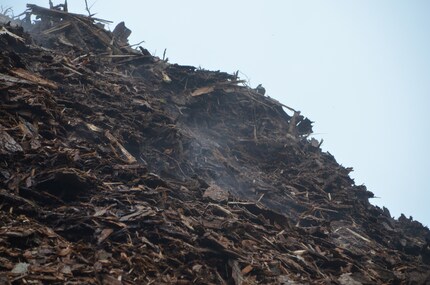
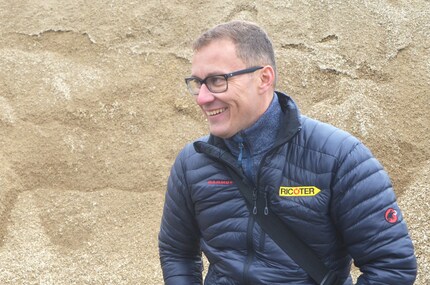
Ricoter is known for its use. "The company was even born from the idea of using sugar beet soil," says Sutter. This is because the sugar beet is covered with the best Swiss soil from the humus layer, which is rinsed from the beet during the cleaning process. At Ricoter, this is drained, dried and turned over several times. "The fresh soil contains five per cent organic material, which we have to get rid of. That's why the soil is stored until everything has decomposed and it is weed-free." It is then mixed with other raw materials, packaged and put into circulation. This year, however, less than in previous years. The hot, low-rainfall summer was not very favourable for the harvest.
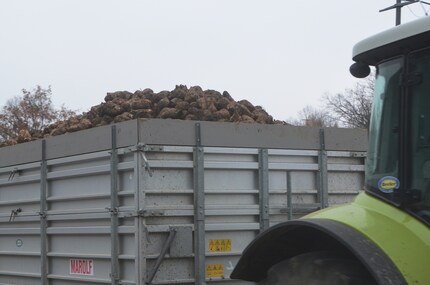
But Landerde is not the only product from the Swiss company. There is everything a gardener's heart desires, even vegan soil. Vegan? So far, I've never thought that potting soil couldn't be vegan. "Conventional potting soil is often enriched with horn shavings, scrapped horn from cattle. For the vegan version, however, rapeseed meal is used as a fertiliser," explains Sutter.
Each product in Ricoter's range has its very own mixing ratio of sustainable residual products. We work strictly according to a recipe so that each plant soil fulfils its purpose as efficiently as possible. Peat is very rarely used as an ingredient. "In the hobby garden sector, we completely dispense with organic material. It is still sometimes used for tree nurseries," says Sutter. This is because peat is valuable for plants, as it can store many times its weight in water. However, its extraction also drains moors. Swiss moors have been protected since 1987 and peat extraction has therefore been banned. However, imports are still permitted, which puts a strain on the peatlands in northern countries such as Estonia. For this reason, the proportion of peat in bagged soil is to be reduced to a maximum of 5 per cent throughout Switzerland by 2020. Ricoter is already achieving this today.
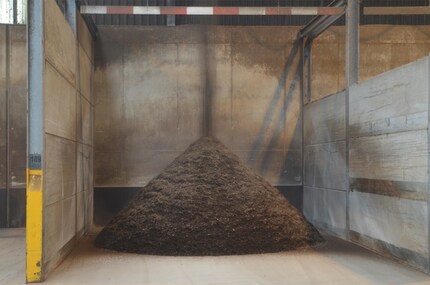
These peat-free mixtures based on a recipe are created at the second-last stop on the tour. Once again, I see brown piles everywhere, but unlike at the beginning, these can actually be described as mounds of earth. From this station, the earth and we continue a few metres further into a completely enclosed space. Robots are in charge there. They fill the freshly mixed plant soil into handy sacks and bundle them into pallets. They then await transport to the trade, from where they will soon find their final resting place in a hobby gardener's bed. From Swiss nature for Swiss culture.
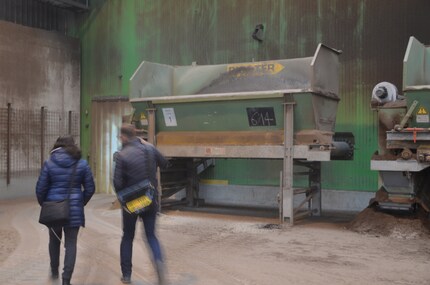
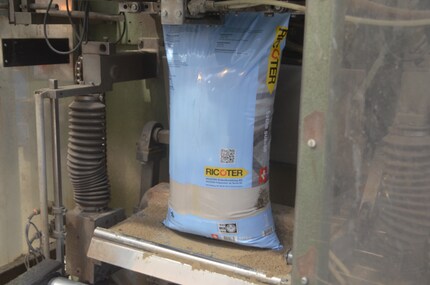
My life in a nutshell? On a quest to broaden my horizon. I love discovering and learning new skills and I see a chance to experience something new in everything – be it travelling, reading, cooking, movies or DIY.
Interesting facts about products, behind-the-scenes looks at manufacturers and deep-dives on interesting people.
Show all